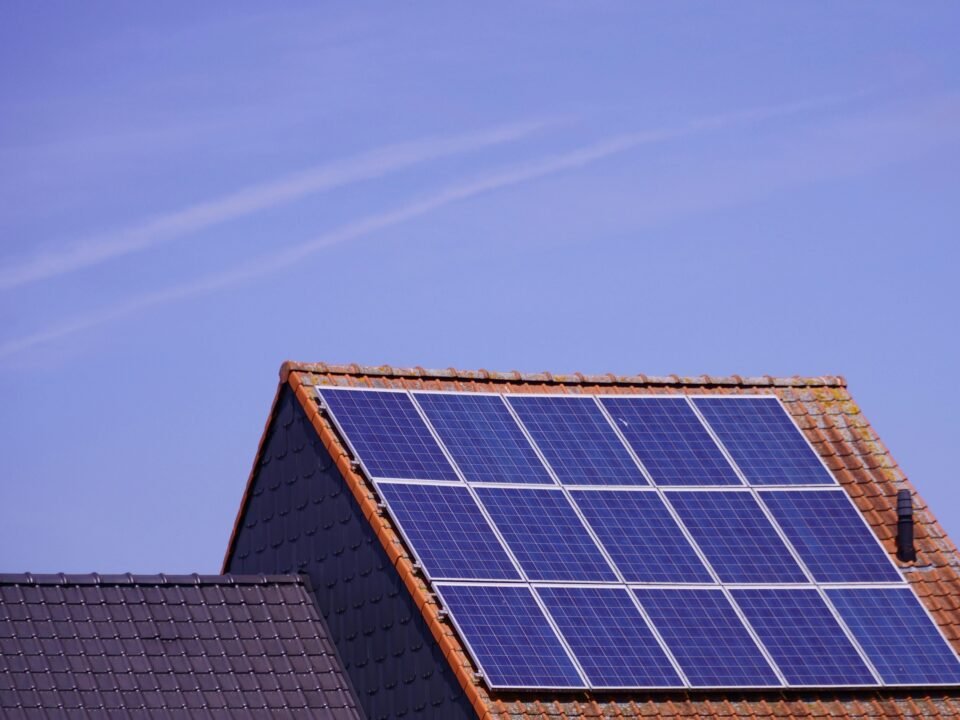The global energy landscape is undergoing a dramatic transformation. With rising environmental concerns, rapid technological innovations, and changing consumer expectations, the demand for cleaner, smarter, and more efficient energy solutions has never been higher. Businesses, governments, and households are actively seeking new ways to reduce carbon emissions and lower energy costs. This shift has led to groundbreaking developments in the latest energy technology, shaping the future of how we produce, store, and consume power.
In this blog, we explore the top trends in the latest energy technology that are reshaping the world—offering innovative solutions to meet modern energy demands while supporting a sustainable future.
1. Advanced Solar Photovoltaics (PV) and Solar Innovation
Solar power continues to be a leader in renewable energy growth, but today’s technologies are far more advanced than traditional solar panels. Innovations such as perovskite solar cells, bifacial solar panels, and floating solar farms are making solar energy more accessible and efficient.
Perovskite solar cells, for example, are lighter, flexible, and cheaper to produce, while delivering higher power conversion efficiency. Bifacial panels can absorb sunlight from both sides, maximizing output even in limited spaces. Floating solar farms on reservoirs and lakes reduce land use challenges and offer natural cooling that enhances panel performance.
These developments in the latest energy technology make solar power a highly competitive option for both large-scale and residential installations.
2. Next-Generation Wind Energy Solutions
Wind energy is another cornerstone of the renewable revolution, and new trends are making wind turbines more powerful, efficient, and suitable for diverse environments.
A major breakthrough is the rise of offshore floating wind turbines, which allow installations in deeper waters where wind speeds are higher and more consistent. Vertical-axis wind turbines are also gaining traction due to their ability to operate efficiently in urban settings with changing wind directions.
Materials technology is also evolving—lightweight carbon fiber blades and AI-driven turbine management systems help increase output while reducing maintenance costs. All these innovations highlight how the latest energy technology is optimizing wind power for a wider range of applications.
3. Energy Storage Systems and Solid-State Batteries
As the world shifts toward renewable energy, storage technology has become essential. Solar and wind energy are intermittent, making advanced storage solutions critical for a stable energy grid.
New solid-state batteries are emerging as a game changer. These batteries offer higher energy density, longer lifespan, and improved safety compared to traditional lithium-ion batteries. They are expected to revolutionize electric vehicles (EVs), smart homes, and grid-level energy storage.
Additionally, green hydrogen storage, compressed air energy storage, and thermal storage systems are becoming important parts of the global energy infrastructure. These technologies ensure steady energy availability, especially during peak demand or periods of low renewable generation.
4. Smart Grids and AI-Powered Energy Management
One of the most transformative trends in the latest energy technology is the development of smart grids—intelligent energy systems that can monitor, control, and optimize electricity distribution in real time.
AI and machine learning enable these systems to predict energy demand, detect grid failures, and manage renewable energy flows more efficiently. Smart meters allow households and businesses to track their consumption patterns, leading to smarter energy use and reduced utility bills.
Moreover, Internet of Things (IoT) devices are being integrated into appliances, lighting systems, and industrial equipment. This connectivity allows automated decisions that reduce waste and improve energy efficiency at every level—from homes to large industries.
5. Hydrogen Energy and the Green Hydrogen Revolution
Hydrogen has always been seen as a promising clean energy source, but recent advancements have pushed it into mainstream conversations. Green hydrogen—produced using renewable energy—offers a carbon-free alternative for industries that are difficult to electrify, such as steel, cement, and heavy transportation.
Innovative electrolyzer designs and falling renewable energy prices are accelerating the adoption of green hydrogen. Fuel cell technologies are also maturing, offering ready-to-use solutions for buses, trucks, and even airplanes.
The global push toward decarbonization means hydrogen technologies will play a crucial role in the future energy mix.
6. Carbon Capture, Utilization, and Storage (CCUS)
As countries aim to achieve net-zero emissions, carbon capture, utilization, and storage (CCUS) is becoming a vital part of the strategy. These technologies capture CO₂ emissions from industrial processes and power plants before they reach the atmosphere.
But the innovation doesn’t stop at storage. Today’s latest energy technology allows captured carbon to be transformed into useful products such as building materials, fuels, and even synthetic chemicals. This turns waste into value while reducing environmental impact.
Breakthroughs like direct air capture (DAC) systems are also gaining global attention for their ability to remove CO₂ directly from the air—helping offset emissions in sectors where reductions are difficult.
7. Bioenergy and Waste-to-Energy Technologies
Bioenergy is being reinvented with new technologies that convert agricultural waste, algae, and organic materials into renewable fuels. Waste-to-energy systems are becoming more efficient, offering a cleaner alternative to landfills while generating electricity and heat.
Biogas plants, advanced biofuels, and biohydrogen production are helping rural communities and industries achieve sustainable energy independence. These technologies reduce pollution, lower waste management costs, and support circular economy principles.
8. Electric Mobility and Vehicle-to-Grid (V2G) Technology
Electric mobility is soaring worldwide, and innovations are emerging at a rapid pace. Vehicle-to-grid (V2G) technology allows electric vehicles to not only draw power but also supply excess electricity back to the grid when needed.
This transforms EVs into mobile storage units, strengthening the grid and promoting renewable energy usage. Faster charging systems, wireless charging pads, and battery recycling breakthroughs are further supporting the clean mobility revolution.
Conclusion
The latest energy technology is redefining how the world generates, stores, and consumes power. From advanced solar and wind energy to AI-powered smart grids, hydrogen solutions, and next-generation storage systems, these innovations are paving the way for a cleaner, smarter, and more sustainable future.
As global energy needs continue to rise, embracing these emerging technologies is essential—not only to reduce carbon emissions but also to unlock economic growth, improve energy resilience, and empower communities. Whether you’re a business owner, policymaker, or eco-conscious individual, staying informed about these trends will help you make informed decisions that contribute to a greener tomorrow.



